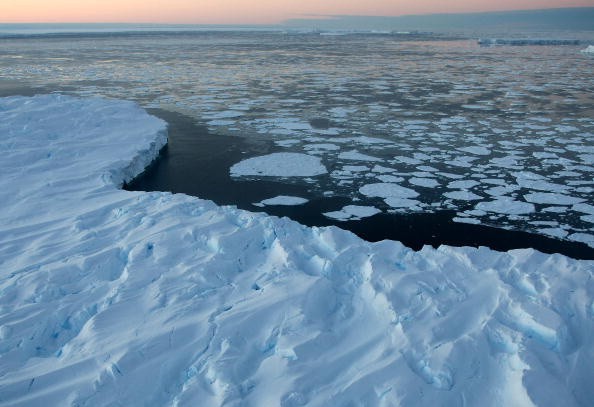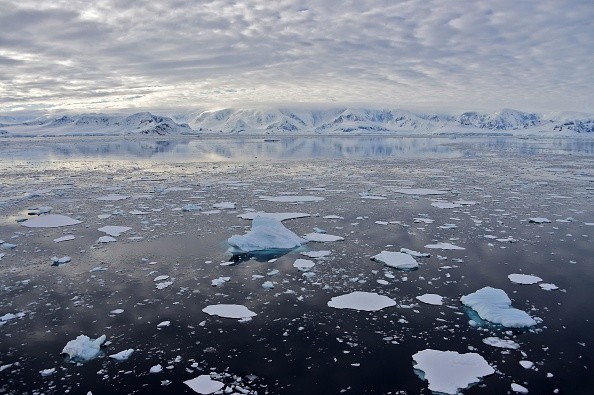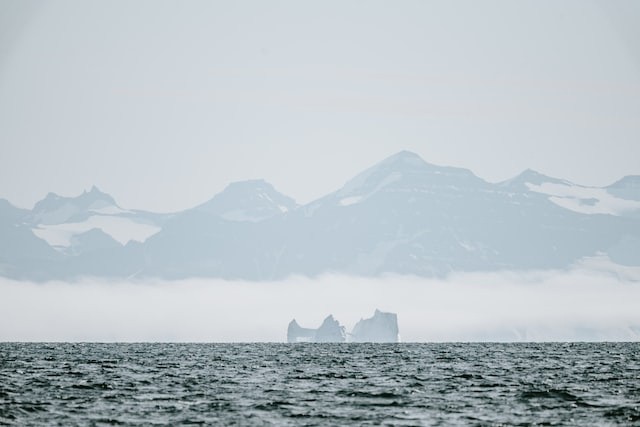The first comprehensive image of the Arctic sea ice cycle shows the sea ice reaction to climate change. Years of study have shown that the Arctic amplifies the effects of climate change and that the sea ice in this area is vulnerable to rises in Arctic warming.

The exchanges of heat, momentum, and mass between the atmosphere and the ocean are significantly altered by sea ice. As a result, a key factor in the "heat budget" of the atmosphere-ice-ocean system is the timing of the sea ice melt and freeze onsets and the length of the melt and freeze seasons.
Recent Research

Until recently, most research used remote sensing readings from the surface to determine the Arctic melt and freeze onsets, but they hardly ever looked into the freeze-thaw process below the ice bottom.
An international team of researchers has just published a new study in the European Geosciences Union journal The Cryosphere that explores the spatiotemporal variability of surface and basal melt/freeze onsets and identifies the underlying mechanisms. These discoveries could help us better understand how the climate, ice, and ocean are changing and how the mass balance of sea ice is changing in the Arctic.
Long Lin, the main scientist from the Polar Research Institute of China, notes that "thinner ice thickness and thinner snow cover supports early base freeze start. The ocean has a cross-seasonal function in controlling the growth or decay of sea ice."
Also Read:
Doomsday Glacier 'Holding By Its Fingernails' Against Climate Change, Scientists Warn
Studying the Freeze

The researchers discovered that the multiyear ice in the Arctic generally began to basal freeze roughly three months after the surface. According to Lin, "Based on synchronous ice and underlying ocean observations, we found the ice basal freeze-up delay relative to the surface, which can be attributed to the control of sea ice's internal heat capacity and the ocean's release of heat from the mixed layer and subsurface layer."
Although thinner ice typically has a longer freezing season, according to Lin, the overall ice growth still cannot compensate for the sea ice loss in the summer. From a different angle, the self-regulation of the Arctic sea ice-ocean system will postpone the sea ice retreat.
These findings provide the first comprehensive analysis of the Arctic sea ice freeze-thaw cycle and its interactions with the atmosphere above and the ocean below. Additionally, it emphasizes the significance of synchronized, thorough monitoring of the air-ice-ocean system, which clarifies the physical basis of the coupling process.
Future Research
The researchers urge future measurements of upper ocean water characteristics to be conducted simultaneously with more in-depth and elaborate ice mass balance observations of various ice kinds. They believe this will significantly advance our capacity to comprehend the Arctic ice-ocean system.
Related Article : Ocean Temperature Reaches "Point of No Return" as Climate Change Creates Irreversible Scenario
For Environmental News, don't forget to follow Nature World News!
© 2025 NatureWorldNews.com All rights reserved. Do not reproduce without permission.





